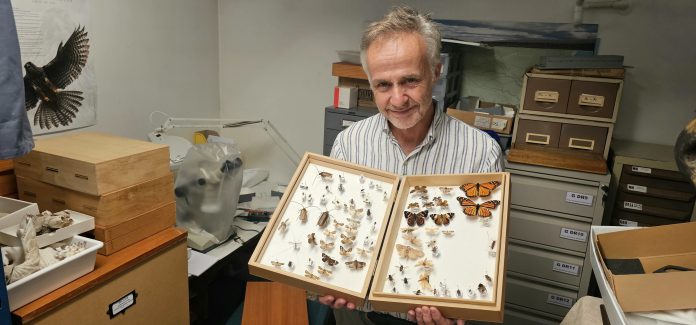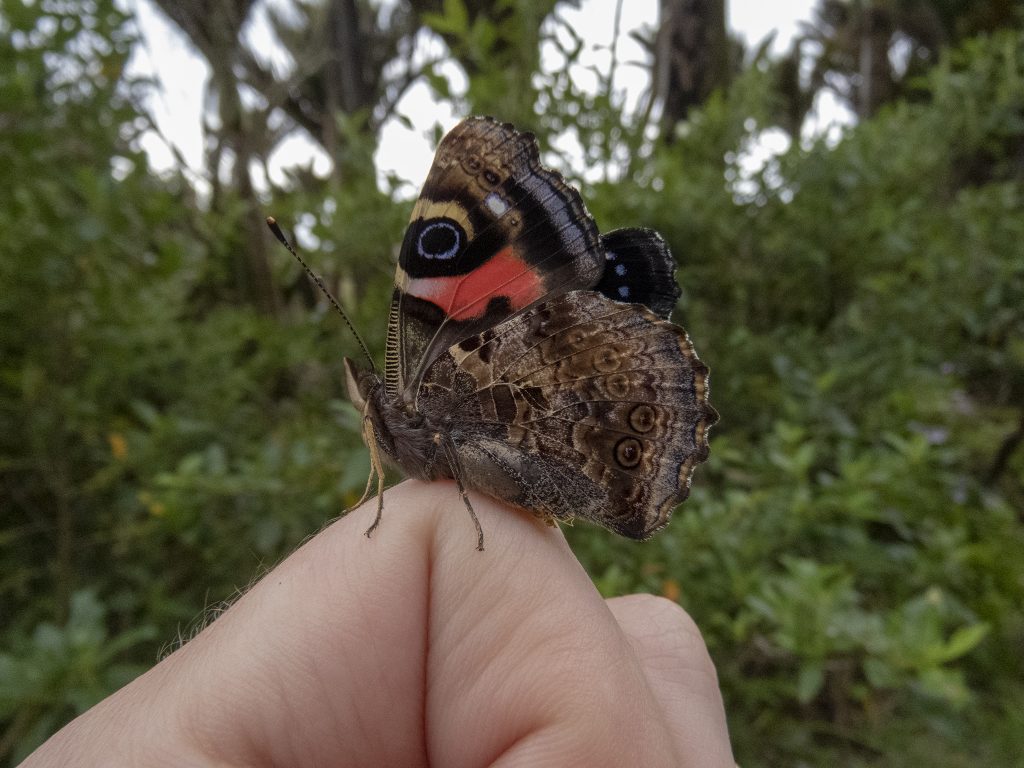
Excitement is growing among entomology enthusiasts as New Zealanders pick this year’s Bug of the Year.
In the competition, which was introduced for the first time last year, 20 New Zealand bugs will go antenna to antenna in an attempt to dethrone last year’s queen bee — the ngaro huruhuru (New Zealand native bee).
South Canterbury Museum director and keen entomologist Philip Howe said the competition was great for bringing awareness to such an important part of New Zealand’s biodiversity — despite him being irked by the use of the word ‘‘bug’’.
‘‘As someone with a strong interest in entomology, technically speaking the word bug is used for a specific group of insects, but people use it for all insects including spiders, which is unusual.
‘‘What I like is it highlights the fact — and many New Zealanders don’t know this — that we have got an incredible diversity of small creatures here.
‘‘When you think of conservation you think of birds, dolphins and maybe a tuatara as well as trees and bush areas.
‘‘The fact is that for all those things there are vastly more species of small invertebrates, spiders and insects — with there being more than 20,000 species of insects in New Zealand.’’
The competition features a wide variety of insects and invertebrates to vote for, ranging from the Mt Arthur giant wētā to the Mt Cook flea, and the superb giant land snail to the hobbit kōwhai psyllid.

He loved the variety that was on show, but his heart would always belong to one insect in particular, Mr Howe said.
‘‘Personally, I would fill it full of beetles because I love them the most, but I think there is quite a good mix for people to be able to pick from.’’
The competition was a great educational reminder for New Zealanders, he said.
‘‘Like some of our forest areas, our birdlife and our lizards, some of these creatures are actually at risk and endangered.
‘‘The competition just helps show that these things are here and if we don’t look after them they’ll be gone.
‘‘People might think ‘so what?’ But that would be another part of our biodiversity lost and New Zealand has lost so much.
‘‘To me, one of the important things for a museum is to encourage [people], especially kids, to appreciate nature and our environment, and help adults understand just how truly incredible nature is.
‘‘That’s something these competitions are incredibly good for.’’
The competition is run by the Entomological Society of New Zealand and voting closes on Monday.
A list of nominees and instructions on how to vote can be found on the New Zealand Bug of the Year website.




